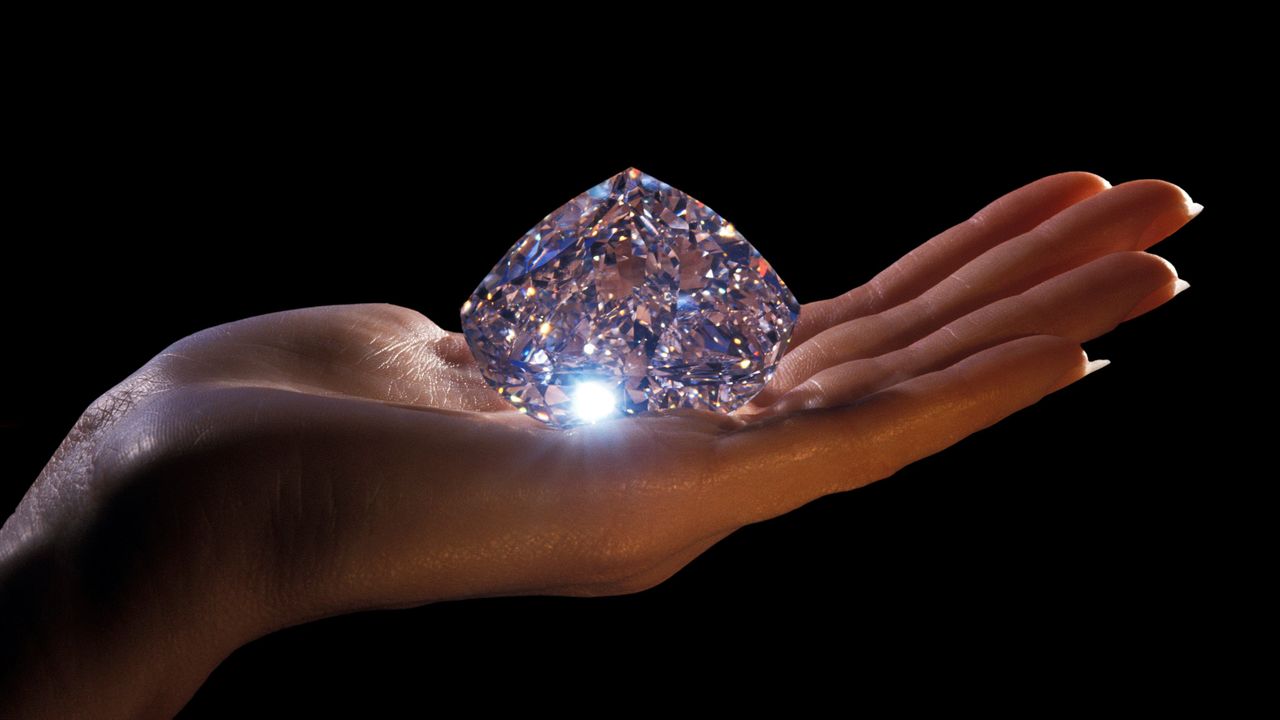Introduction
For centuries, mined diamonds have held a place of prestige and allure in our world. Often associated with love, commitment, and luxury, these sparkling stones have become synonymous with grand gestures and timeless elegance. But have you ever stopped to wonder, “Are mined diamonds actually rare?”
The answer might surprise you. While mined diamonds are formed under extreme pressure and heat over millions of years, they are not as rare as the industry has us believe. In fact, several factors contribute to the misconception of their scarcity, and understanding these factors is crucial for making informed decisions as a consumer.
The Spark of Deception: How Mined Diamonds Became “Rare”
The perception of mined diamonds as rare can be attributed to several key factors:
-
Marketing Magic: De Beers, a dominant player in the diamond industry for much of the 20th century, is credited with crafting the now-famous slogan “A Diamond is Forever.” This campaign, along with clever marketing strategies, successfully associated diamonds with everlasting love and exclusivity, creating a perception of limited supply to drive up demand and prices.
-
Controlled Release: De Beers also employed a strategy of restricting the supply of mined diamonds entering the market. By carefully controlling the flow of diamonds, they were able to maintain artificially high prices and reinforce the illusion of rarity.
-
Geological Misconceptions: While gem-quality diamonds are certainly uncommon, they are not exceptionally rare on a geological scale. In fact, abgebauten Diamanten sind keine Seltenheit. However, the process of extracting and preparing them for jewelry can be complex and expensive, contributing to their higher price tag.
Beyond the Sparkle: Ethical and Environmental Concerns
The focus on mined diamonds’ perceived rarity often overshadows the ethical and environmental concerns associated with their extraction. These concerns include:
-
Environmental Impact: Diamond mining can have a significant negative impact on the environment, including deforestation, water pollution, and soil degradation. The large-scale machinery and processes involved can disrupt ecosystems and contribute to habitat loss.
-
Ethical Sourcing: The diamond industry has faced criticism for its links to conflict diamonds, also known as “blood diamonds,” mined in war-torn regions and used to fund violence and instability. While initiatives have been implemented to ensure ethical sourcing, concerns remain about the traceability and transparency of the supply chain.
Mined Diamonds vs. Lab-Grown Diamonds: A New Era of Choice
In recent years, lab created diamonds has emerged as a viable alternative to mined diamonds. These stones possess the same physical and chemical properties as mined diamonds but are created in controlled laboratory environments. Lab-grown diamonds offer several advantages:
-
Reduced Environmental Impact: The production of lab-grown diamonds typically has a significantly lower environmental footprint compared to mined diamonds.
-
Ethical Considerations: Lab-grown diamonds eliminate the concerns associated with conflict diamonds and unethical mining practices.
-
Competitive Pricing: Due to the streamlined production process, lab-grown diamonds are often more affordable than mined diamonds of comparable quality.
FAQs: Demystifying Mined Diamonds
Q: Are mined diamonds worthless now that we have lab-grown diamonds?
A: Not necessarily. Mined diamonds still hold value, particularly for those who appreciate their natural origin or have inherited them as sentimental pieces. However, lab-grown diamonds offer a compelling alternative for eco-conscious consumers seeking an ethically sourced and often more affordable option.
Q: How can I be sure a diamond is ethically sourced?
A: Several reputable organizations offer certification schemes that verify the ethical origin of diamonds. Look for diamonds with certifications from organizations like the Gemological Institute of America (GIA) or the Kimberley Process Certification Scheme (KPCS).
Conclusion
The allure of mined diamonds remains undeniable. However, armed with the knowledge of their not-so-rare status, the environmental and ethical considerations surrounding their extraction, and the emergence of lab-grown diamonds, consumers can make informed choices that align with their values and priorities. Whether you choose a timeless mined diamond or embrace the sustainable brilliance of a lab-grown gem, let your decision reflect your personal story and values.






